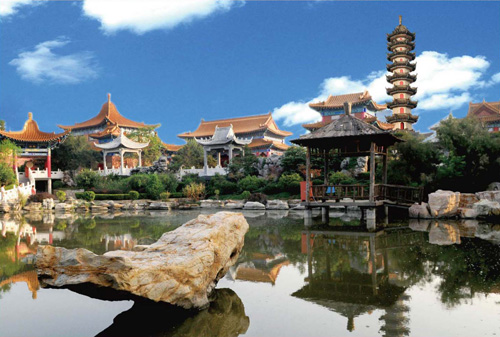
I love this schefflera by Sara Rayner, even though it’s a bit jammed in the photo. It’s completely unique and has a natural uncontrived feel. I found it and the photo below at The Art of Bonsai Project.
Sara Rayner, potter plus bonsai artist
For a long time I thought Sara Rayner just made fine bonsai pots. I didn’t know she made fine bonsai as well. I would venture a guess that I’m not the only one who has held such thoughts, as Sara is quite well known for her pots, and less well known for her trees (at least that’s my impression). Anyway, her trees are every bit worthy of her masterful pots. Their are others in the bonsai world who make their own pots, but few who match both sets of skills so well.
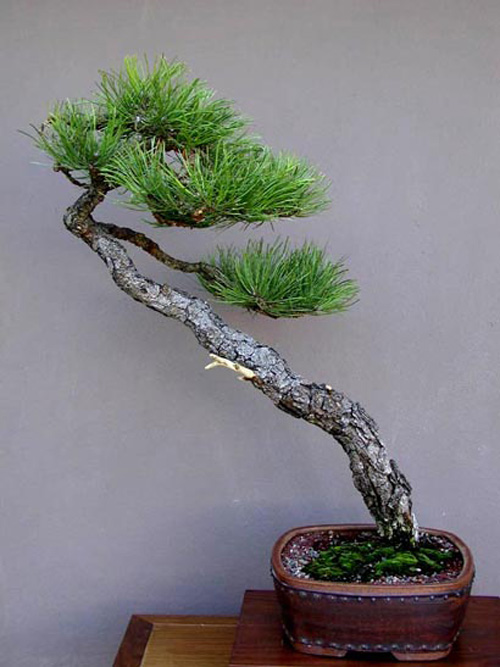
Ponderosa pine and pot by Sara Rayner. Another one of a kind. The tree is unique and the tree pot combination echo that uniqueness.
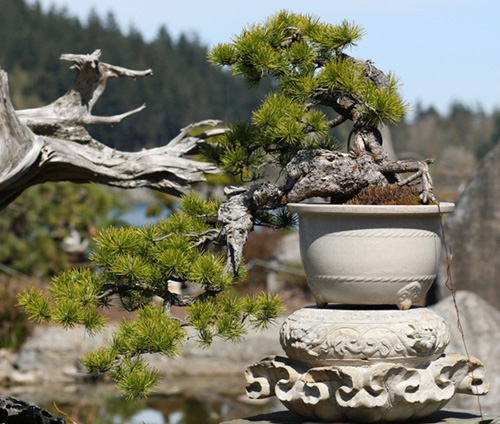
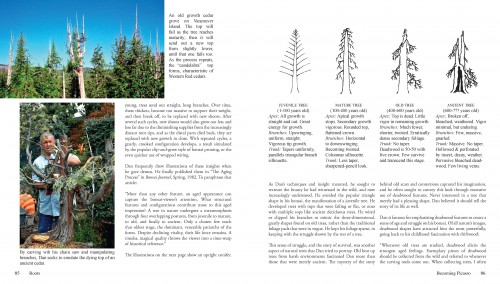 A spread from the ‘Becoming Picasso’ chapter in
A spread from the ‘Becoming Picasso’ chapter in 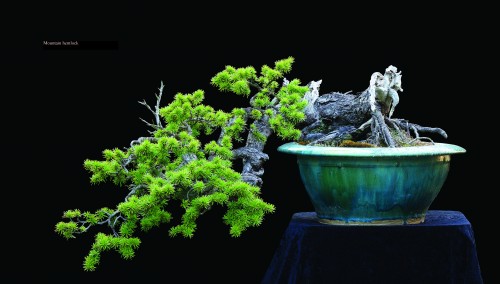
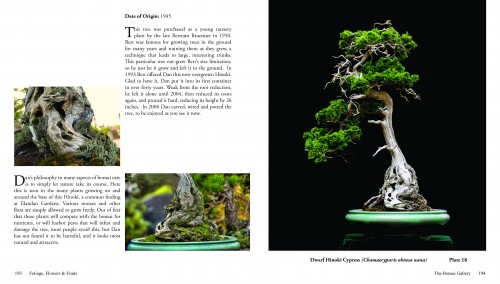 You could randomly open to almost anywhere in the book and come up with a spread as magical as this.
You could randomly open to almost anywhere in the book and come up with a spread as magical as this. 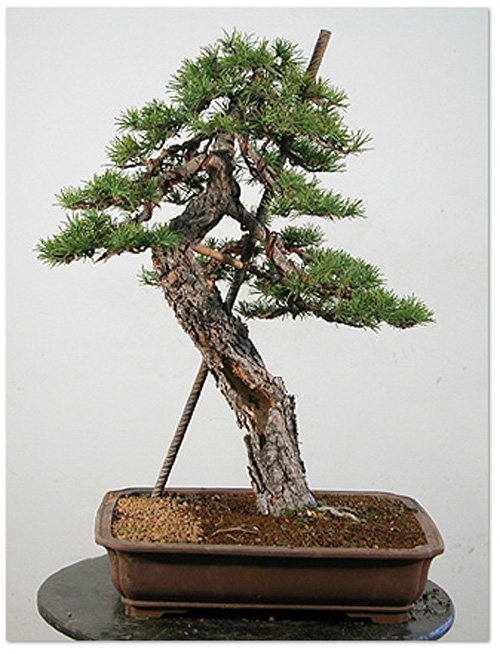
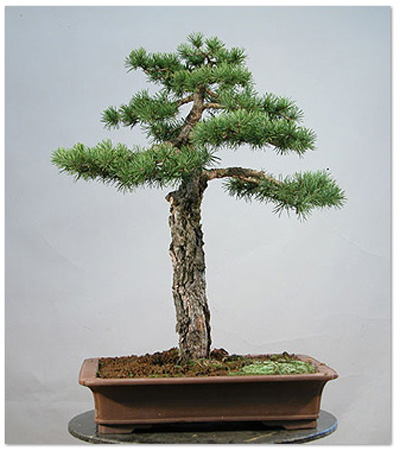 Before rebar.
Before rebar.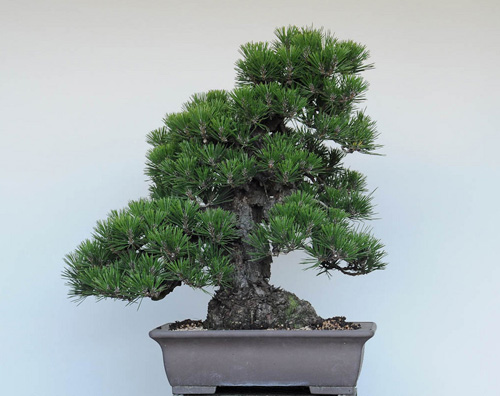
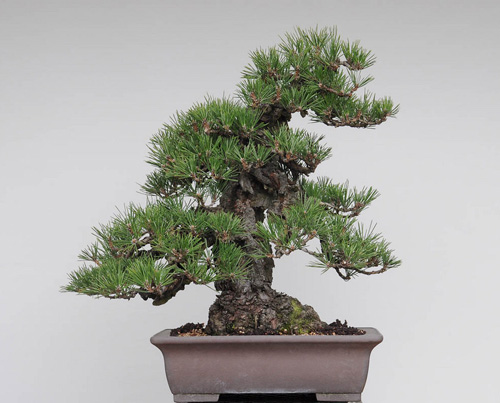 After decandling.
After decandling.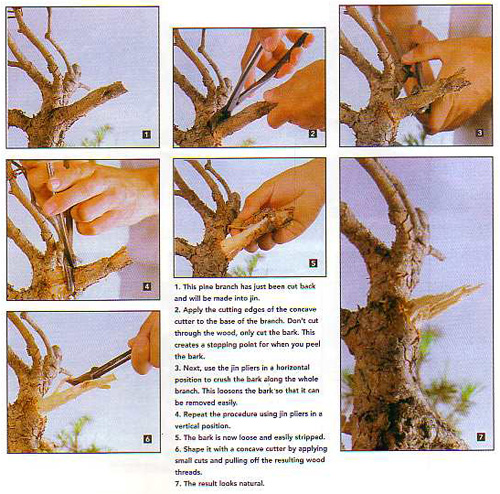
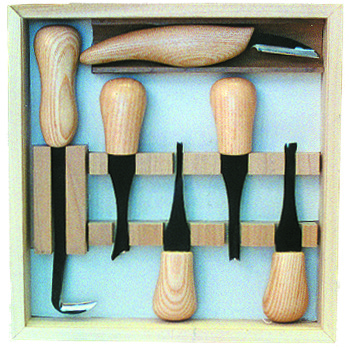 This
This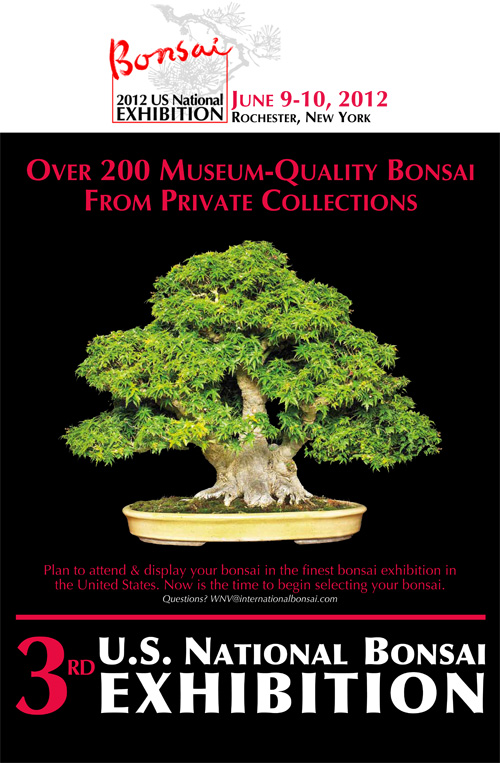
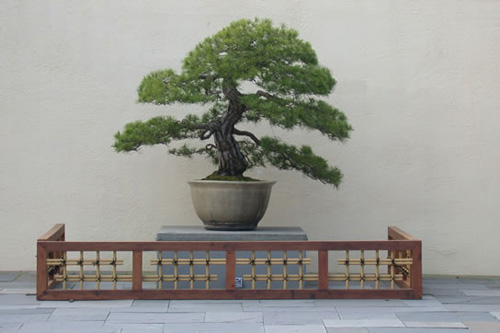
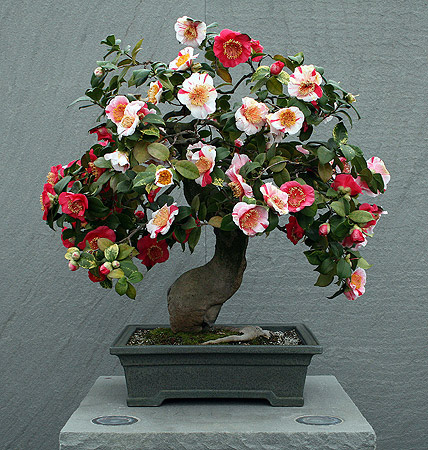
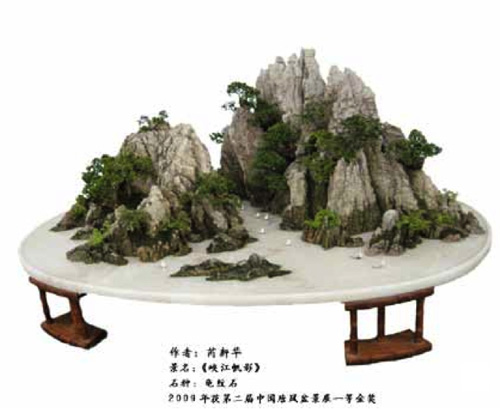 This enchanted (and somewhat fuzzy) scene if from
This enchanted (and somewhat fuzzy) scene if from 